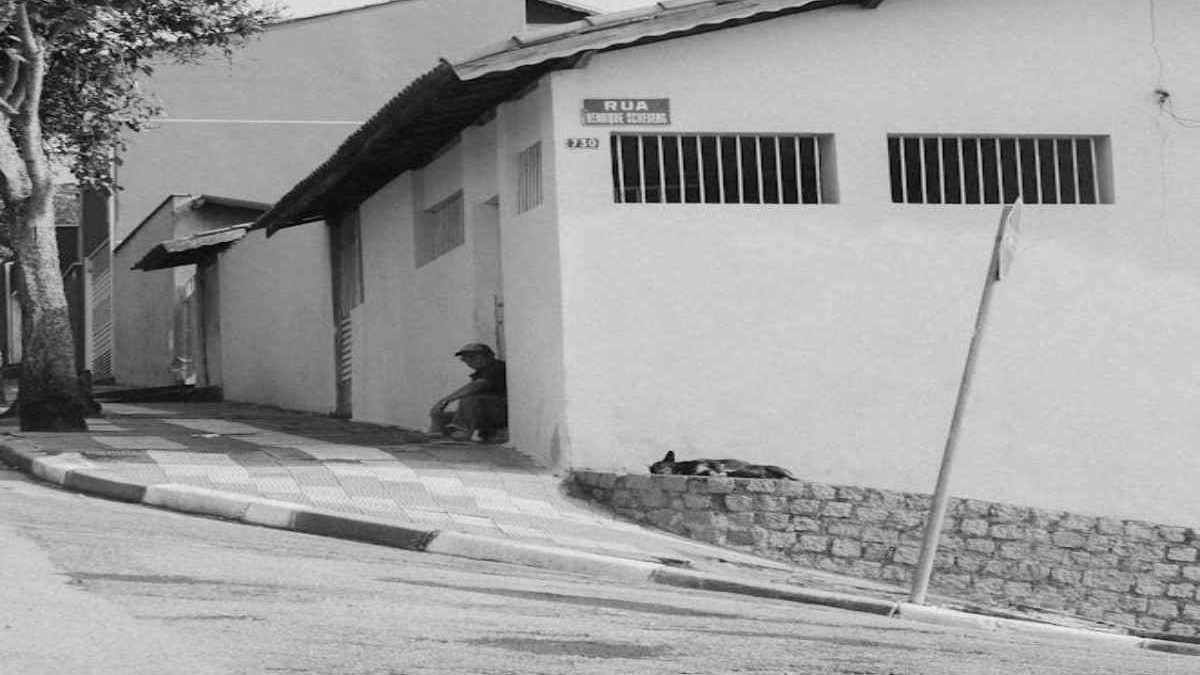Slope stabilization is a crucial process that involves reinforcing slopes to prevent erosion, landslides, and other forms of slope failure. This practice is particularly important in areas prone to natural disasters, such as earthquakes, heavy rainfall, and flooding.
Here are some of the key reasons why slope stabilization is essential
Table of Contents
Prevention of Landslides
- Safety
Landslides can pose significant risks to human life, property, and infrastructure. Slope stabilization helps prevent these catastrophic events.
- Environmental Protection
Landslides can cause severe environmental damage, including deforestation, erosion, and pollution.
- Property Damage
Landslides can lead to extensive property damage, including the destruction of homes, roads, and other infrastructure.
Erosion Control
- Protection of Infrastructure
Erosion can undermine the foundations of structures, leading to instability and collapse.
- Preservation of Natural Resources
Erosion can lead to the loss of valuable topsoil, which is essential for agriculture and plant growth.
- Prevention of Sedimentation
Erosion can cause sedimentation in waterways, affecting water quality and aquatic ecosystems.
Improved Aesthetics and Property Values
- Enhanced Property Appearance
Slopes that are prone to erosion can be unsightly and reduce property values. Slope stabilization can improve the appearance of your property.
- Increased Property Value
Well-maintained slopes can increase the value of your property, making it more attractive to potential buyers.
Safety and Accessibility
- Safe Access
Slopes that are prone to erosion can be difficult or dangerous to access. Slope stabilization can improve safety and accessibility.
- Prevention of Accidents
Stabilized slopes can help prevent accidents, such as vehicle rollovers or pedestrian falls.
Environmental Benefits
- Biodiversity Conservation
Stabilized slopes can help protect habitats for wildlife and promote biodiversity.
- Climate Change Mitigation
Slope stabilization can help prevent erosion, which can contribute to climate change.
If you require assistance for slope stabilization, then you can easily call PRS Med and their team will assist you.
Frequently Asked Questions
1Q. How do I know if my slope needs stabilization?
Ans: If you notice signs of erosion, such as exposed roots, gullies, or landslides, your slope may need stabilization. It’s also important to consider factors such as the steepness of the slope, the type of soil, and the local climate.
2Q. What are the costs associated with slope stabilization?
Ans: The cost of slope stabilization depends on several factors, including the size of the slope, the type of stabilization method used, and the location of the project. It’s important to consult with a professional to get an accurate estimate of the costs involved.
3Q. Can I do slope stabilization myself?
Ans: While it is possible to do some basic slope stabilization work yourself, it is often recommended to consult with a professional to ensure that the job is done correctly and safely.

